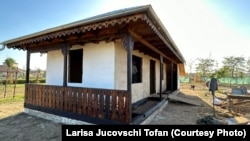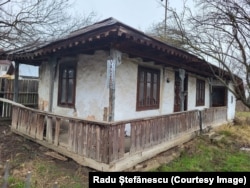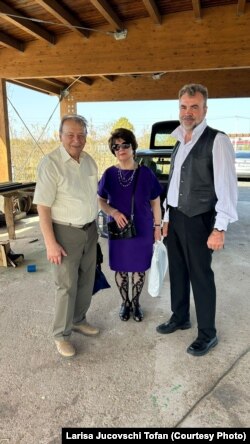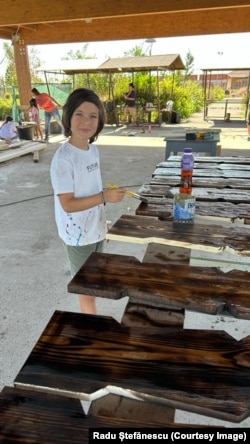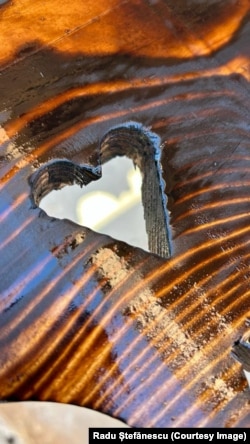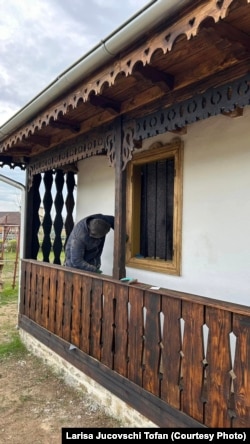CORBEANCA, Romania -- The small town of Corbeanca has a reputation for expensive luxury villas and a well-off population of around 11,000 who live within easy commuting distance of Bucharest. But a century ago, Corbeanca was a typical country village of whitewashed mud houses inhabited by farmers who spent their days toiling in the fields.
In January 2023, the life of one old house in Corbeanca, looked set to come to an end. The owner of "Casa Frusina," named after the family who lived there, had put the house up for sale along with the now valuable land it sat on.
The "for sale" sign displayed outside the 100-year-old house caught the eye of Radu Stefanescu. A local man who is neither an architect nor a construction specialist but loves old buildings that define the identity of Romania's regions and has restored several historic houses across Romania.
"I was lucky, because the owner also wanted to preserve the house but he's an elderly gentleman and didn’t have the financial or physical ability to do so," Stefanescu explained.
At the end of the 19th century, Corbeanca was home to 1,000 people who lived in 254 houses much like the one Stefanescu spotted for sale. Almost all of them are now gone.
Ștefanescu grew up in Bucharest but holidayed as a child with his grandparents in the countryside. Memories of distinctive Romanian villages stuck with him and as an adult he made it his mission to save old houses that were fast disappearing across Romania.
On condition it would be restored and made available to the public, the house owner agreed to donate his former home. All Stefanescu needed was a place to move the house -- since the land it stood on was being sold for development -- and a team of people to help restore the building.
When the call was put out for volunteers to help restore the building, the response was overwhelming. One hundred and seventy people, including lawyers, university professors, businessmen, and pilots came forward.
Many of the volunteers had no experience in construction, let alone the specialized skills needed for adobe mud building or decorative woodworking, but they learned on the go.
Larisa, who runs a travel agency in Romania, volunteered with her husband, Stefan, and two children, Philip (pictured above) and Marc. The family saw news about the restoration project on Facebook and began helping once the house -- which was effectively a wooden skeleton -- had arrived in the park.
The family learned to fill in the walls the same way as villagers of old, with mud and straw. One son, Marc, carved wooden decorations.
"We started making corners and ornamental panels for the window. Marc learned to use a circular saw and, together with an English neighbor, he started making simple heart shapes, then cutting out window sills," Larisa recalled.
The ornamental carvings around the awnings of the original house could not all be recovered, so under the guidance of a "village elder" who had grown up in Corbeanca, they learned to remake the decorations.
Radu Stefanescu received many questions from volunteers during the project. Some children asked about the crossbars that split windowpanes into quarters. "Did they only have a structural role to strengthen the windows, or did they serve another purpose?" the children wondered.
The answer, Stefanescu says, came from Charlie Chaplin's 1921 movie The Kid, in which a glazier during the Great Depression conspires to break, then repair windows for a fee. Four small pieces of glass were cheaper to buy than one large pane.
Work on the house is now largely complete, aside from some of the woodwork, which is on track to be finished in December. After that the house will be officially donated to the Corbeanca community. Various activities for children are being planned inside the building.




